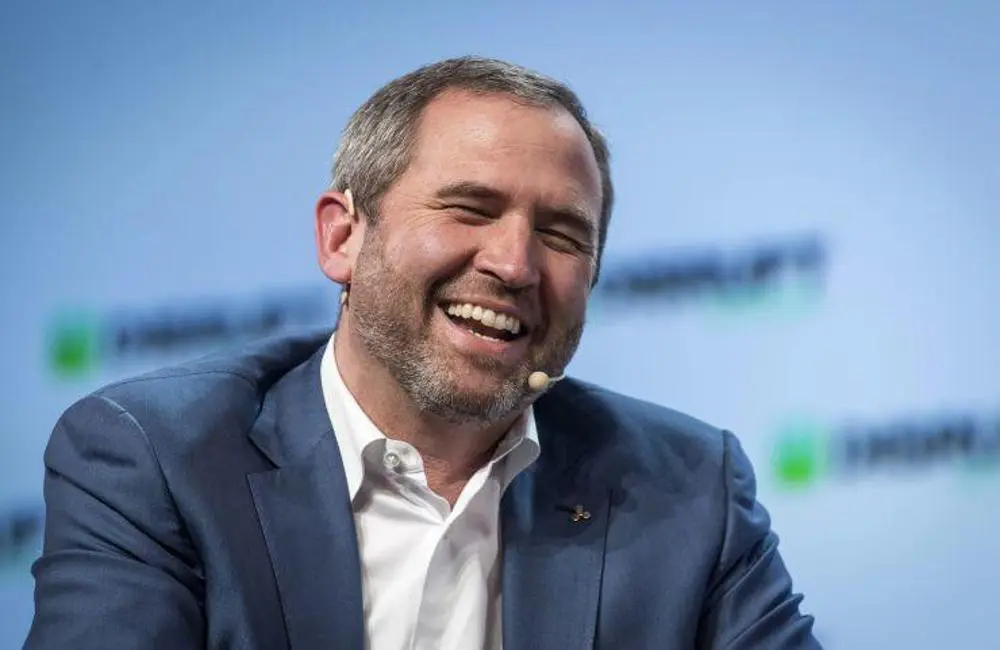- Chainlink supporter Fishy Catfish calls Ripple a “digital asset treasury company” rather than a true fintech innovator.
- Ripple supporters dismissed the claims as misleading, citing Ripple’s transparency.
- XRP advocates argue that Ripple’s real-world integrations and openness prove it’s driving genuine institutional growth.
A heated debate has erupted across the crypto community after commentator and known Chainlink (LINK) supporter Fishy Catfish claimed that Ripple, the blockchain payments company behind XRP, is effectively trading at just 41% of the value of its own XRP holdings.
The post compared Ripple to a “digital asset treasury company,” arguing that institutional investors such as Citadel and Fortress Investment Group, which backed Ripple at a $40 billion valuation, appear to be valuing it well below the combined worth of its XRP holdings, acquisitions, and products.
The Critic’s Argument: “Institutions Are Just Buying Cheap XRP”
Fishy Catfish alleged that Ripple’s 42% share of XRP supply, currently valued at around $97 billion, far exceeds the company’s stated valuation. This, he suggested, means investors are ascribing little to no fundamental value to Ripple’s business operations, including RippleNet, RLUSD, and other enterprise-grade blockchain services.
According to his argument, institutions like Citadel and Fortress are not investing in Ripple for its technology, but for access to discounted XRP, implying that Ripple acts as a massive treasury rather than a traditional fintech firm.
Also Read: Pundit to XRP Community: ‘Ripple Has Been Engineering this System for Years,’ What it Means
There’s a digital asset treasury company trading at 41% of its NAV holdings. Its name is Ripple.
Citadel and Fortress invested into Ripple at a $40B valuation.
Ripple owns 42% of $XRP supply, which is worth about $97B.
That’s not even counting the value of the companies that…
— Fishy Catfish (@CatfishFishy) November 9, 2025
Fishy Catfish continued by claiming that Ripple could eventually “dump” XRP on retail investors, reigniting long-standing debates about token distribution, transparency, and corporate intent within the XRP ecosystem.
XRP Supporters Fire Back
Ripple supporters swiftly pushed back on the claims, calling them misleading and one-sided. Prominent XRP community member XRPLcitizen argued that Ripple’s operations remain transparent and traceable, unlike other blockchain projects that obscure team or treasury wallet details.
“There is nothing wrong about it as long as it’s transparent,” XRPLcitizen wrote. “The worst are projects like Chainlink, which claim decentralization while keeping treasury wallets undisclosed. Only about 65.5K LINK is shown in their Reserve, while hundreds of millions remain unaccounted for. Hard to call it trustless when trust is still required.”
The rebuttal pointed to Chainlink’s opaque treasury structure, suggesting that Ripple’s transparency gives it a higher standard of accountability compared to competitors often touted as more decentralized.
Market Data Counters the Criticism
Another XRP advocate, Zeke, countered Fishy Catfish’s claims with a simple comparison of price performance since November 2024: “$XRP is up 339%, $LINK is up 44%. Yes, ‘Ripple dumping on retail.’”
Zeke’s post highlights that XRP has significantly outperformed Chainlink’s token over the past year, undermining the narrative that Ripple’s actions have been harmful to retail holders.
Instead, supporters argue that Ripple’s strategic accumulation, partnerships, and real-world integrations are driving sustainable growth, not suppressing it.
Ongoing Debate Over Valuation and Transparency
The exchange underscores a broader divide within crypto circles, between those who view Ripple as a centralized entity managing a massive token treasury and those who see it as a transparent and evolving infrastructure provider powering institutional blockchain adoption.
While critics question Ripple’s market valuation model and investor motives, XRP supporters maintain that transparency, performance, and use-case-driven adoption continue to differentiate Ripple from competitors.
As the debate intensifies, both sides seem to agree on one thing: Ripple’s growing footprint in institutional finance ensures that its valuation and role within crypto will remain under intense scrutiny.
Also Read: Goldman Sachs Predicts Three Interest Rate Cuts as Fed Prepares to Ease Policy
